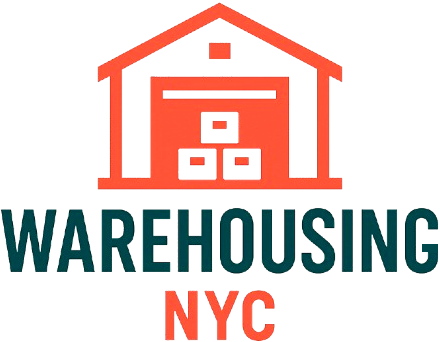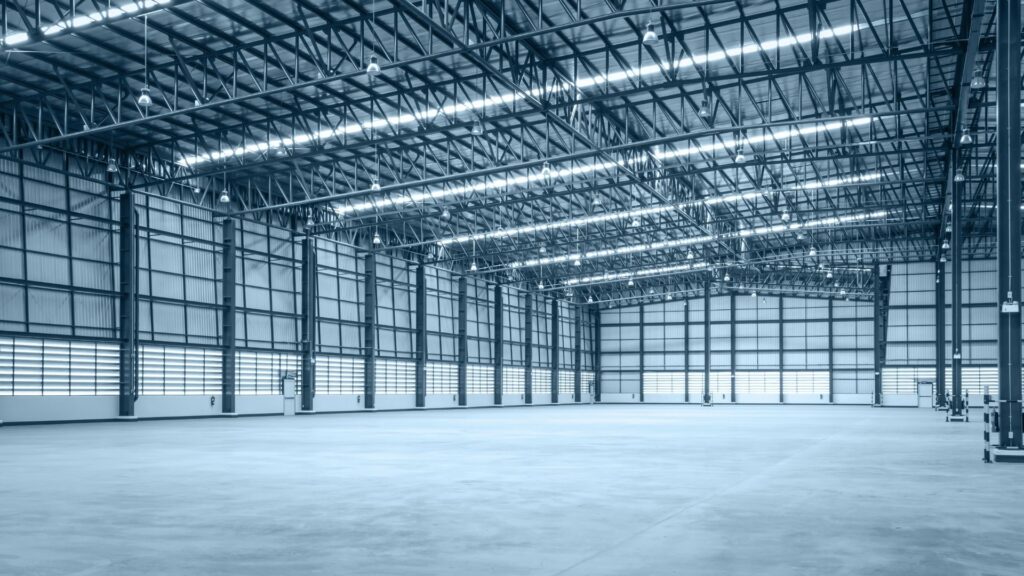Cold chain logistics is a critical component in transporting perishable goods such as pharmaceuticals, fresh produce, and temperature-sensitive medical supplies. One of the most essential aspects of this specialized supply chain is precise temperature control. Understanding how to ensure temperature control in cold chain logistics is a non-negotiable standard that directly impacts product quality, regulatory compliance, and consumer safety.
Here are actionable strategies to help logistics professionals manage a temperature-sensitive supply chain efficiently.
Table of Contents
Key Takeaways
✔ Conduct a thorough audit of receiving, storage, labor allocation, and fulfillment to uncover inefficiencies that drive up warehouse costs.
✔ Automate key warehouse processes like inventory tracking, picking, and labeling to reduce human error and increase throughput.
✔ Maximize available space by using vertical racking, narrow aisle configurations, and optimized slotting strategies.
✔ Align labor with demand by forecasting workload, using flexible shifts, and cross-training workers to minimize idle time and overtime.
✔ Improve inventory accuracy with regular cycle counts, ABC classification, and real-time tracking tools to reduce errors and stock discrepancies.
✔ Consolidate shipments, use zone skipping, and leverage TMS software to reduce freight costs and improve delivery efficiency.
✔ Eliminate redundant workflows by streamlining packing, labeling, and data entry processes to lower labor costs and cycle time.
✔ Reduce fixed costs and increase scalability by outsourcing fulfillment tasks like picking, packing, and shipping to a 3PL provider.
✔ Use operational data from heatmaps, KPIs, and performance dashboards to drive smarter, faster warehouse decisions.
✔ Establish long-term cost controls by setting KPIs, auditing processes, and embedding a continuous improvement framework.
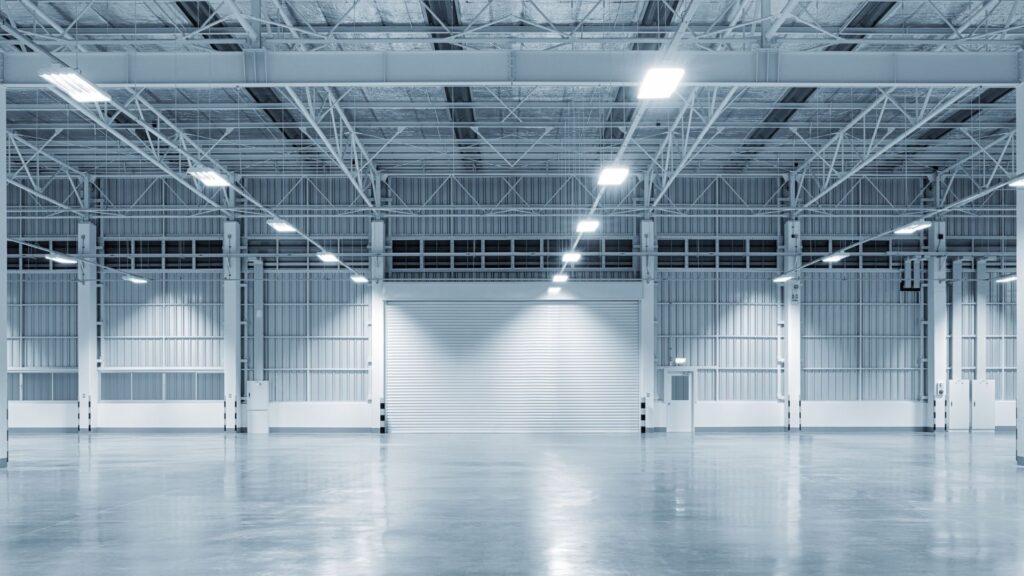 1. Evaluate Current Warehouse Operations
1. Evaluate Current Warehouse Operations
To understand how to reduce warehouse costs, businesses must begin with a thorough assessment of current operations. A well-structured evaluation reveals cost drivers, workflow gaps, and overlooked inefficiencies that hinder productivity.
A granular evaluation is not just a best practice—it’s the foundation of any plan to improve warehouse efficiency and reduce costs. Identifying inefficiencies early allows businesses to implement targeted changes that deliver measurable impact.
Key Areas to Examine
- Inbound Receiving Efficiency: Measure the time and accuracy of receiving goods. Delays in check-in and improper labeling cause downstream errors and idle resources.
- Put-Away and Storage Logic: Analyze how products are stored. Poor categorization or inconsistent put-away practices lead to congestion and mispicks.
- Order Fulfillment Patterns: Study pick-pack-ship cycles. Identify whether pickers are following optimal paths or spending excess time retrieving items.
- Labor Allocation vs. Demand: Compare labor hours against order volumes. Misaligned staffing during peak or slow periods results in avoidable costs.
- Shrinkage and Loss Control: Audit shrinkage data to pinpoint theft, damage, or miscounts. Lack of controls in this area leads to compounding financial losses.
- Inventory Turnover and Dead Stock: Evaluate how often SKUs move. High volumes of obsolete stock tie up capital and floor space.
Why a 3PL Partner Makes a Difference
- Unbiased Operational Review: Third-party specialists provide a neutral assessment using industry benchmarks.
- Advanced Process Mapping: 3PLs apply lean principles to restructure workflows and eliminate redundant steps.
- Baseline Metrics for Continuous Improvement: Establishes a data-backed roadmap for warehouse optimization and sustained logistics cost savings.
2. Embrace Automation and Smart Technology
Warehouse automation marks a major shift in supply chain operations, enabling technology to take over labor-intensive tasks and significantly boost efficiency. Technology is one of the most powerful enablers for reducing costs and enhancing warehouse performance. Businesses looking for scalable ways to implement lean warehouse operations benefit greatly from modern automation.
Essential Tools And Their Cost-Saving Roles
- Warehouse Management System (WMS): Tracks inventory in real-time, automates replenishment, and provides visibility into storage locations, reducing errors and administrative labor.
- Automated Guided Vehicles (AGVs) and Conveyors: Automate material transport between zones, minimizing walking time and increasing throughput.
- Pick-to-Light and Voice Picking Systems: Streamline order picking, reduce error rates, and enable faster onboarding of seasonal labor.
- RFID and Barcode Scanning: Ensure high inventory accuracy and reduce cycle counting effort.
- Real-Time Dashboards and Alerts: Help managers make on-the-spot decisions when issues arise in staffing, inventory, or shipping. Real-time tracking and visibility tools add value by increasing transparency, which leads to improved customer satisfaction across the supply chain.
Benefits of Automation Through a 3PL Provider
- Faster Deployment: Full-service 3PLs already have these tools in place and can integrate clients quickly.
- Cost Efficiency: Clients gain access to top-tier tech without major capex.
- Process Standardization: Automation supports consistent execution of tasks across shifts and sites.
3. Optimize Space Utilization
Many warehouses operate with unused vertical space, poor slotting strategies, and inefficient layout designs. Smart layout design directly supports warehouse optimization by enabling better flow, reducing labor steps, and increasing storage density. Businesses that take advantage of expert planning through a 3PL are better positioned to improve warehouse efficiency and reduce costs while maintaining flexibility.
Strategies for Maximizing Warehouse Space
- Vertical Racking Systems: Add storage capacity without expanding the building footprint. This is especially useful for slow-moving, bulky items.
- Narrow Aisle Configurations: Reduce aisle width to fit more racking. Works best when using specialized equipment like narrow aisle forklifts.
- Slotting Optimization: Place high-velocity items closer to packing stations and group related SKUs together to reduce travel time.
- Dynamic Storage Assignments: Use real-time data to adjust bin and shelf assignments based on inventory levels and demand.
- Staging Zones: Designate space near shipping docks for outbound orders to avoid congestion and streamline dispatching.
3PL Expertise in Layout Optimization
- CAD-Based Layout Design: Full-service providers use layout simulation software to plan efficient storage zones.
- Cross-Docking and Consolidation Areas: Designed to keep fast-moving goods in motion, not stored.
- Cubic Utilization Tracking: Analyzes volume per SKU to prevent over-allocation of shelf space.
4. Reduce Labor Costs Through Better Scheduling
Labor often accounts for 50–70% of total warehouse operating expenses. Addressing this cost through smarter planning is essential to achieving sustainable labor cost reduction. Understanding how to reduce warehouse costs goes hand-in-hand with reducing labor volatility. With 3PL support, businesses can create a leaner, more agile labor model that boosts both performance and profit margins.
Key Scheduling Strategies
- Demand-Based Labor Forecasting: Analyze SKU velocity, order history, and seasonal trends to forecast workload. Matching labor to demand helps eliminate costly overtime and underutilization.
- Dynamic Shift Scheduling: Use part-time, flex-time, and on-call staff to adjust coverage in real time. This flexibility improves responsiveness without inflating headcount.
- Cross-Training and Role Rotation: Equip employees to perform multiple tasks—from picking and packing to loading and returns. This reduces idle time and enhances productivity.
- Labor Productivity Tracking: Implement KPIs such as picks per hour, units shipped per worker, and dock-to-stock time. This helps managers spot performance gaps and address training needs.
- Avoid Overstaffing with Historical Data: Use historical data to identify peak days/weeks. Schedule accordingly rather than maintaining full staffing year-round.
Advantages of 3PL Labor Models
- Scalable Workforce: Third-party providers can ramp up or down based on volume.
- Trained Personnel: 3PLs invest in training and compliance, reducing onboarding time for clients.
- Performance-Based SLAs: Labor effectiveness is often contractually tied to metrics, driving continuous improvement.
5. Improve Inventory Accuracy
Poor inventory accuracy leads to misplaced stock, fulfillment delays, and inflated holding costs. High accuracy rates are essential to warehouse optimization and long-term logistics cost savings. Advanced inventory control is one of the most effective ways to improve warehouse efficiency and reduce costs.
Best Practices for Inventory Accuracy
- Cycle Counting: Conduct frequent, rotating counts by SKU category or zone. This prevents major discrepancies and minimizes full shutdowns for audits.
- ABC Inventory Classification: Prioritize accuracy checks for high-value or high-volume SKUs. Focus resources where errors are most costly.
- Barcode and RFID Integration: Use automated scanning at each touchpoint—receiving, put-away, picking, and shipping. This minimizes manual input errors and improves traceability.
- Real-Time Inventory Visibility: Leverage WMS dashboards to track item movement, location changes, and stock levels. This enables better reordering and prevents stockouts or overstocking.
- Audit Shrinkage and Damage Rates: Monitor losses due to theft, damage, or process failures. Identify patterns to mitigate risks.
Benefits of Accurate Inventory via 3PL
- Accountability and Transparency: 3PLs provide real-time reports and reconciliation metrics.
- Root Cause Analysis: Providers can identify where and why errors happen—and fix them at the source.
- Improved Customer Satisfaction: Fewer mis-picks or backorders strengthen trust and reduce costly returns.
6. Consolidate Shipments and Improve Freight Strategy
Shipping is not just a transportation issue—it’s a warehouse cost driver. Inefficient freight practices contribute to labor inefficiencies, higher carrier fees, and dock congestion. A modern freight strategy promotes lean warehouse operations.
A streamlined freight approach is critical when considering how to reduce warehouse costs. Proper consolidation and routing ensure that inventory moves quickly, efficiently, and affordably—delivering real logistics cost savings while supporting seamless fulfillment.
Tactical Freight Improvements
- Batch Shipping: Group orders by region, customer, or time slot. Fewer trips reduce freight cost per unit and limit packing station overload.
- Zone Skipping: Consolidate multiple parcels and inject them closer to the final destination zone, bypassing sorting hubs and saving money.
- Rate Shopping with TMS: Use Transportation Management Systems to compare carriers and select optimal service levels for cost and speed.
- Appointment Scheduling for Inbound/Outbound Loads: Reduce dock congestion and labor wait time by coordinating appointment windows.
- Freight Auditing and Analytics: Review invoices, accessorial charges, and weight discrepancies to recover costs and refine shipping plans.
3PL Freight Management Advantages
- Volume-Based Discounts: 3PLs negotiate lower rates through consolidated client volumes.
- Optimized Routing: Intelligent routing strategies reduce miles traveled and time in transit.
- Integrated Systems: WMS and TMS integration reduces delays between warehouse and logistics teams.
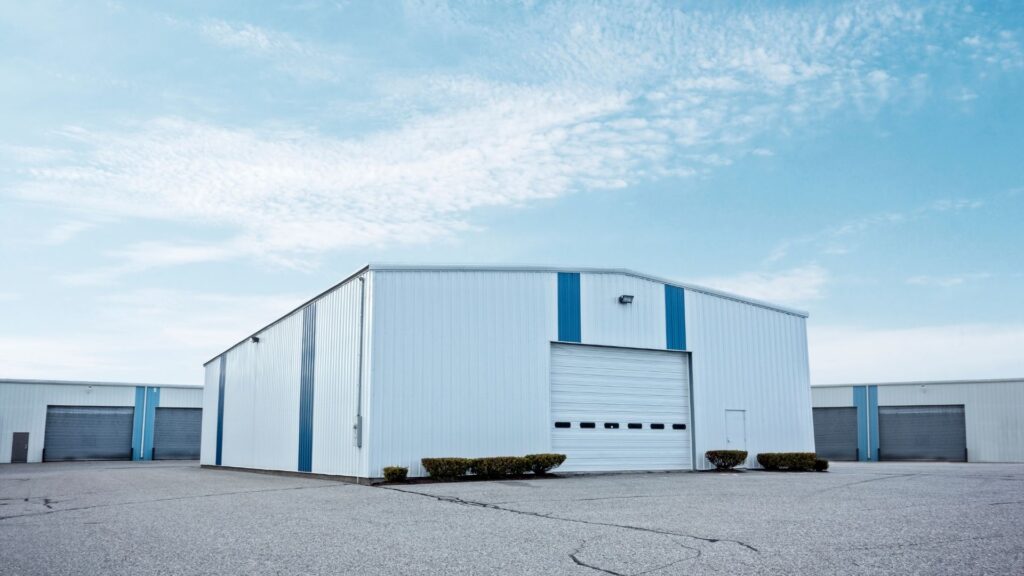
7. Eliminate Redundant Processes
Redundant steps in warehouse operations increase labor needs, delay throughput, and drive up transaction costs. Streamlining these processes is key to establishing lean warehouse operations. To improve warehouse efficiency and reduce costs, it’s essential to trim complexity. Fewer steps mean fewer opportunities for error, delay, and labor waste.
Common Areas to Streamline
- Packing Station Overlap: Eliminate re-checks and manual weight confirmations when automated systems can do the job. Automation minimizes delays and human error.
- Duplicate Labeling and Printing Tasks: Replace multi-step printing and affixing processes with automated print-and-apply systems that complete labeling during packaging.
- Manual Data Entry: Use WMS integrations and barcode scanners to reduce entry repetition. This improves data integrity and reduces clerical labor.
- Unnecessary Quality Inspections: Excess inspections often result from a lack of trust in upstream processes. Improve those processes instead of layering redundant checks.
- Inefficient Returns Handling: Streamline reverse logistics using preset SOPs and automated product condition tracking.
How 3PLs Eliminate Redundancy
- Process Auditing: Identify all manual touchpoints and recommend automation opportunities.
- Standard Operating Procedures (SOPs): 3PLs deploy proven workflows that eliminate guesswork and rework.
- Consistent Execution: With trained teams and repeatable methods, 3PLs ensure every task is performed efficiently and consistently.
8. Transition to Outsourced Fulfillment
Outsourcing fulfillment is one of the most effective ways to achieve long-term logistics cost savings. It reduces fixed overhead while enhancing scalability and operational resilience. For companies looking at how to reduce warehouse costs, outsourced fulfillment offers immediate relief from fixed costs and long-term operational flexibility.
Key Benefits of Outsourcing
- Variable Cost Structure: Pay only for what you use—storage, labor, and transport—based on demand. No need to maintain a full team or facility year-round.
- Reduced Infrastructure Investment: Avoid major capital expenses like racking, forklifts, software systems, and warehouse leases.
- Expert Labor Force: Gain access to trained, industry-specific personnel without onboarding delays or added headcount.
- Seamless Tech Integration: 3PLs bring their own WMS, TMS, and order management tools, reducing IT overhead and implementation timelines.
- End-to-End Fulfillment Services: Outsourcing typically includes receiving, storage, picking, packing, shipping, and returns, eliminating the need to coordinate across multiple internal teams.
How Outsourcing Reduces Warehouse Costs
- Scalability without Risk: Grow quickly without long-term facility commitments.
- Better Forecast Accuracy: Shift expenses in alignment with sales volume.
- Improved Focus: Free up internal resources to concentrate on product, sales, and customer service.
9. Use Data to Drive Cost Decisions
In warehouse management, guessing is expensive. To improve warehouse efficiency and reduce costs, companies must move from reactive to proactive. Data enables targeted decisions that support labor cost reduction and warehouse optimization with precision.
Effective Uses of Warehouse Data
- Heatmaps and Pick Path Analytics: Identify inefficient travel patterns and re-slot high-frequency items closer to pack stations.
- Labor Efficiency Reports: Track metrics like picks per hour, units shipped per worker, and idle time by shift. Use this to optimize scheduling and training.
- Order Accuracy and Return Rates: Analyze error trends to spot training gaps or system flaws causing incorrect shipments.
- Dock-to-Stock Time: Measure how long it takes for inbound shipments to be available for picking. Long delays here indicate bottlenecks or receiving inefficiencies.
- Cost-Per-Order Metrics: Calculate total fulfillment cost per order—including labor, packaging, and freight—for accurate profitability analysis.
What 3PLs Provide
- Real-Time Dashboards: Monitor performance instantly across all touchpoints.
- Automated Reporting: Receive scheduled reports on KPIs and service-level performance.
- Strategic Recommendations: Experienced 3PLs not only deliver data but also offer insights and suggestions based on patterns.
10. Establish Long-Term Cost Controls
Cost reduction is not a one-time project—it’s an ongoing discipline. Setting up the right systems and practices ensures lasting savings and continuous performance improvement. Over time, these efforts reinforce every tactic explored and ensure that logistics cost savings are not only achieved but also maintained.
Strategies for Sustainable Cost Control
- Define Clear SLAs and KPIs: Hold operations to measurable standards like order accuracy, fulfillment time, and inventory accuracy.
- Implement Regular Operational Audits: Schedule reviews to catch deviations early and identify improvement opportunities.
- Benchmark Against Industry Standards: Compare internal performance with peer data to uncover competitive gaps.
- Create Incentive Programs: Reward teams for hitting productivity, accuracy, or throughput goals. This boosts morale and results.
- Develop a Continuous Improvement Framework: Incorporate lean methodologies and Kaizen principles to regularly refine processes.
- Partner with a Proactive 3PL: Choose providers who bring a culture of improvement, not just basic execution.
Why Cost Control Matters
- Prevents Cost Creep: Keeps operations aligned with original savings goals.
- Builds Resilience: Enables faster adjustment during economic or demand shifts.
- Supports Strategic Planning: Data from cost controls feeds into higher-level forecasting and budgeting.
Frequently Asked Questions
To reduce warehouse costs, businesses should optimize labor, space, and inventory management. Implementing automation and partnering with a 3PL provider can significantly lower overhead. Regular audits and data-driven decisions also help identify and eliminate inefficiencies.
Key ways include using automation, improving layout design, training staff, enhancing inventory accuracy, and streamlining order picking. These methods reduce delays, minimize waste, and increase throughput. Efficiency gains lead directly to better service and cost savings.
Minimize distribution costs by consolidating shipments, using Transportation Management Systems (TMS), and optimizing route planning. Partnering with a 3PL can unlock volume-based shipping rates and smarter freight strategies. Effective inventory placement also shortens delivery distances and reduces fuel use.
Labor is typically the most expensive part of warehouse operations, often accounting for over half of total costs. Tasks like picking, packing, and loading are labor-intensive and prone to inefficiencies. Reducing labor costs through better scheduling and automation is key.
A good cost reduction lowers expenses without sacrificing service quality or operational efficiency. It should be measurable, sustainable, and driven by process improvements or smart investments. Examples include automation, labor optimization, and improved inventory accuracy.
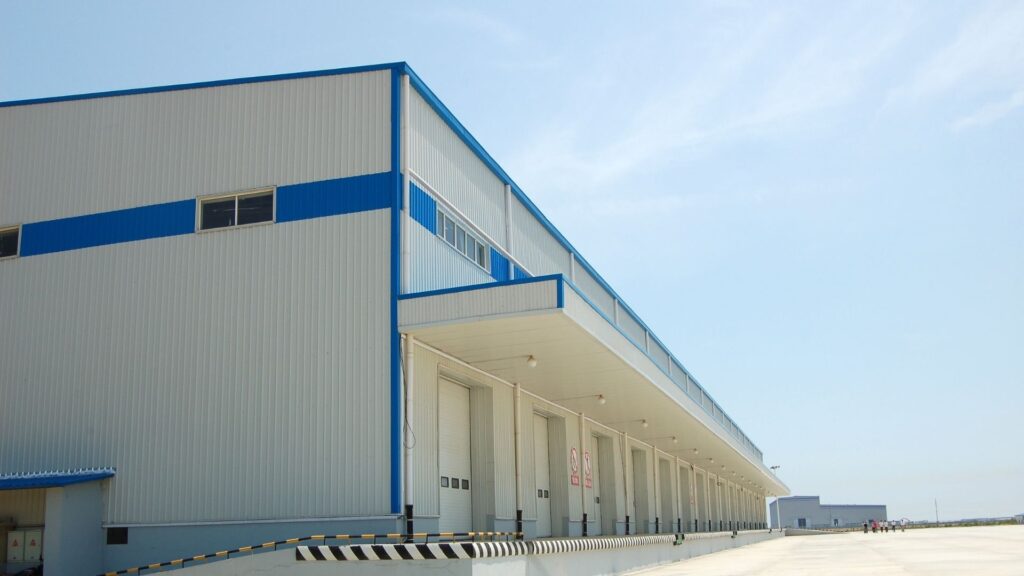
Ready to Cut Warehouse Costs? Partner with Warehousing NYC By Best!
If your business is based in New York, NY, and you’re serious about reducing operational overhead, it’s time to team up with the professionals at Warehousing NYC By Best. With state-of-the-art warehouse facilities and decades of experience serving businesses throughout New York, NY, we offer scalable, cost-effective services designed to improve your logistics from the ground up. Whether you’re looking to streamline fulfillment, optimize space, or cut labor expenses, we have the tools and expertise to help.
Make smarter warehouse decisions today—partner with Warehousing NYC By Best and take control of your costs.
